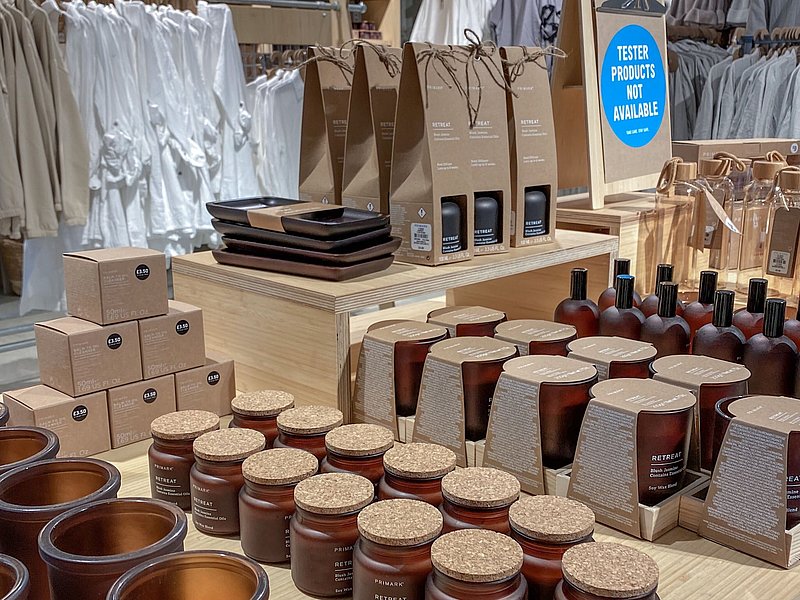At first glance, the situation looks forward-looking and great: in the supermarket, in the furniture shop, in the fashion shop - you can now find sustainably produced products almost everywhere. But in many cases, appearances are deceptive. Still, only a few people are willing to pay a noticeably higher contribution for sustainability.
Take packaging, for example: If we look at Germany as an example, younger people in particular are often willing to pay a price premium. According to a representative study by the agency Inverto, just eleven percent of those under 30 reject such a price surcharge. But things look different for older generations. But things look different for older generations. In the over-50s group, more than a third (37 percent) reject a surcharge for sustainably produced products in principle. And for all of them, the question is: How high is the pain threshold? How much more can a sustainable product cost compared to a conventional one?
The limit is reached comparatively quickly. According to the representative survey, more than 70 percent are still prepared to pay a surcharge of ten percent. But already at 20 percent, the percentage drops significantly: only 30 percent would like to pay a fifth more for sustainability in the packaging - and this does not yet include a potentially sustainable production of the contents of the packaged product. Nevertheless, regardless of the price and the willingness of the consumers, the packaging producers expect a strong increase for sustainable packaging: most of the participants in the study estimate the share of sustainable packaging in their company at a maximum of 25 per cent at present. But according to the survey, at least half of all goods will be packaged sustainably in five years.
Longevity matters: why sustainable products are often cheaper on the bottom line
But even without a scientific basis, one can guess that the limit is likely to be higher in view of the urgency in terms of climate. So nothing seems more urgent than the question: how can we increase the willingness to spend more money on sustainable products? One of the best arguments is: sustainable products do not have to be more expensive at all - at least not by a long shot in all areas. It is true: Sustainable and fair products are often more expensive to buy. And unfortunately, some companies and people exploit sustainability as a marketing tool to either get higher prices or to present a conventional product as green - both are greenwashing.
But truly sustainable things are simple and well thought out. And that includes being durable. This makes products, calculated over the lifetime of the product - for example, jeans - in many cases even cheaper than the supposedly cheap products, for example, from the fast fashion industry. It may sound paradoxical at first, but if you take the time to inform yourself before you go shopping - whether it's clothes, furniture or kitchen appliances - you can save a lot of money.
We think so: Yet another reason to live sustainably!


